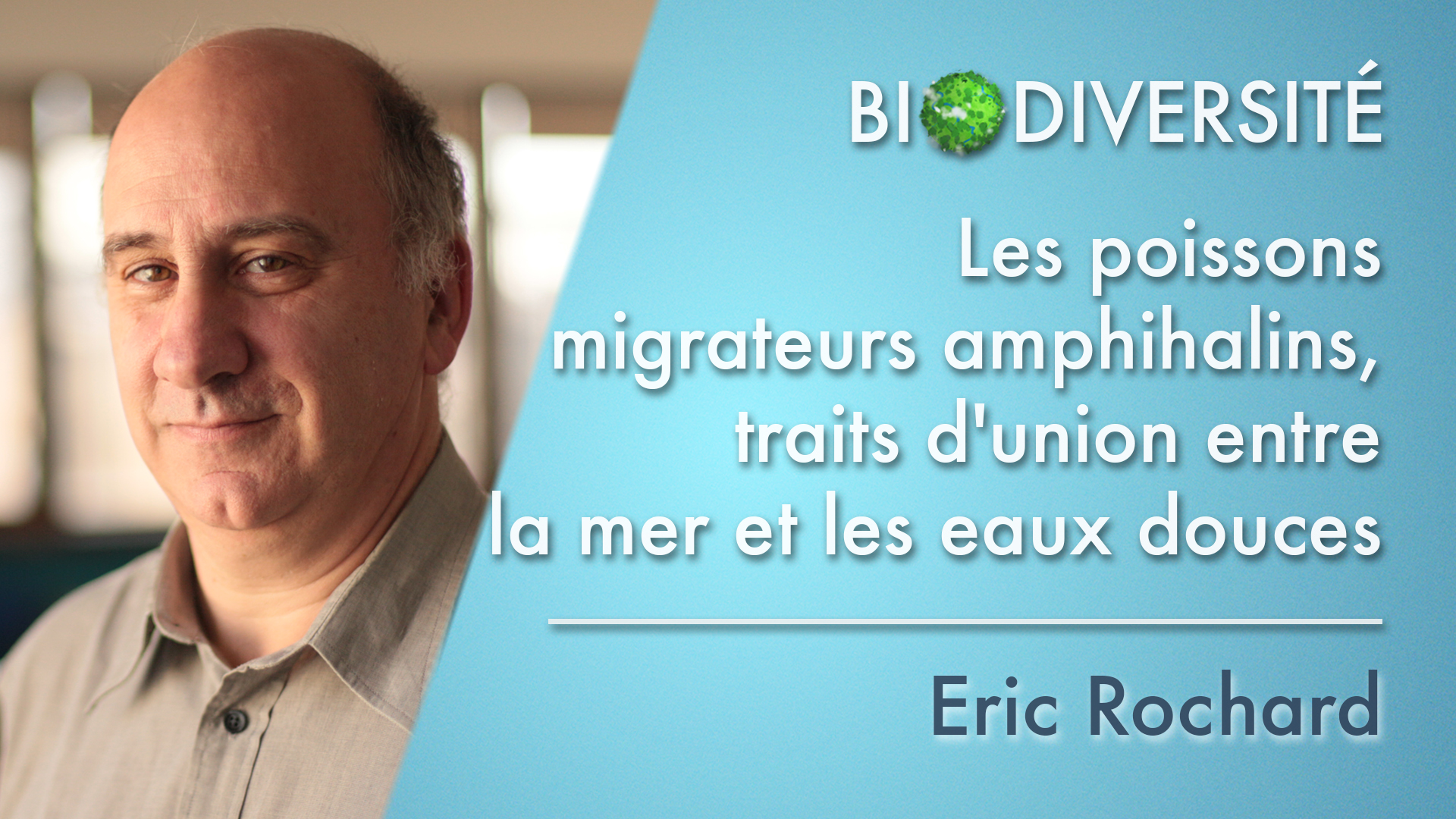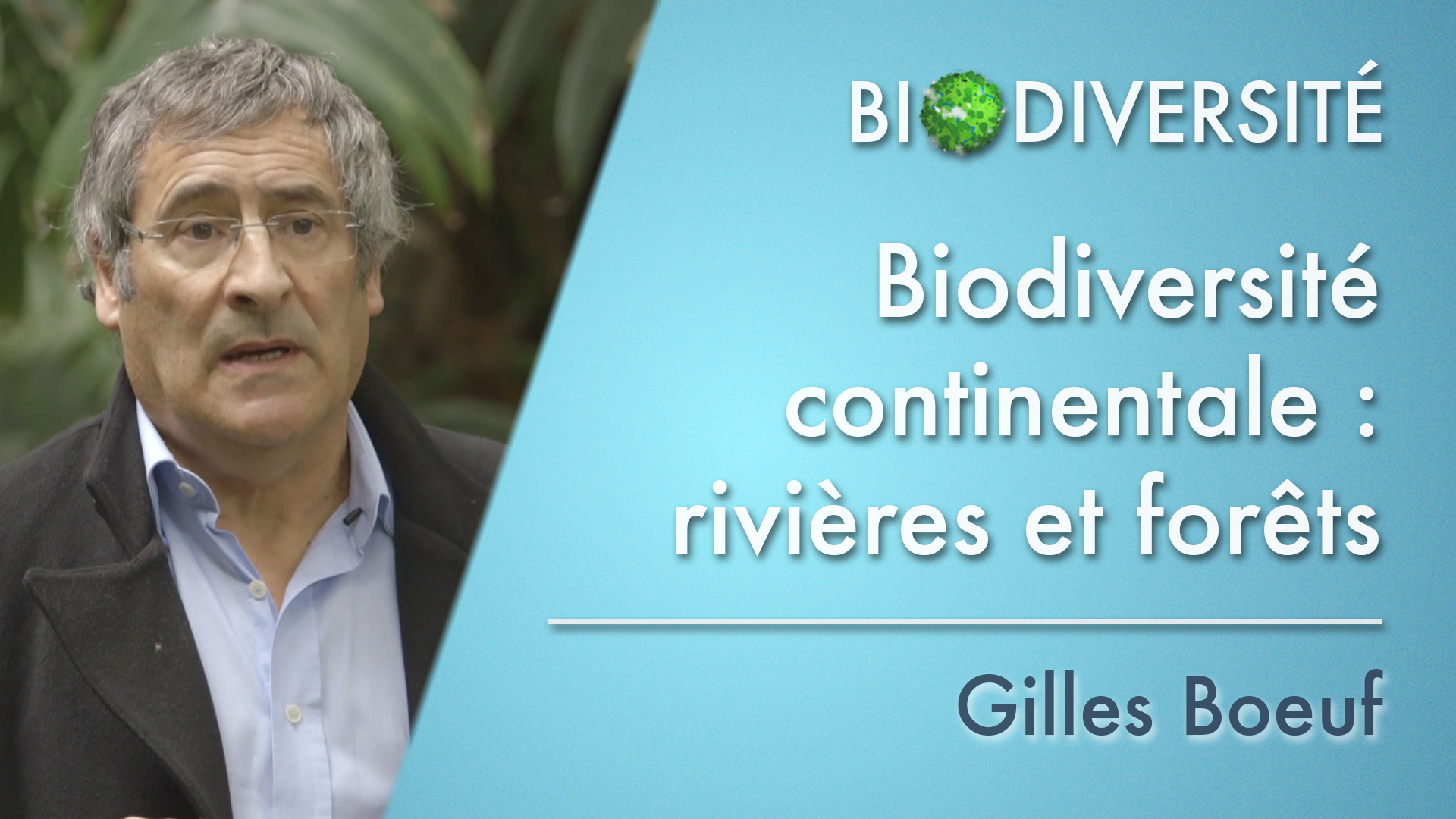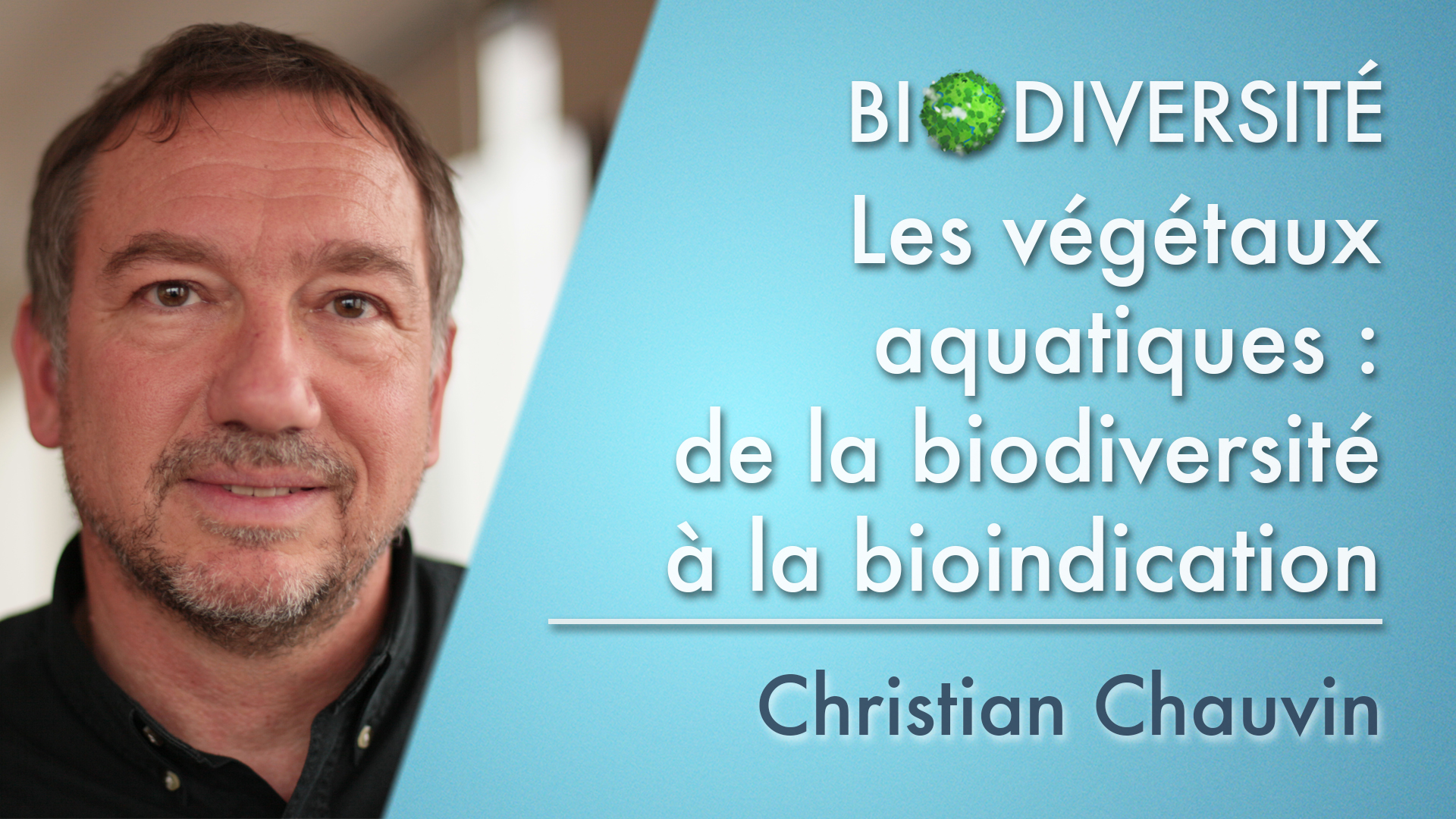Notice
3. Les végétaux aquatiques : de la biodiversité à la bioindication
- document 1 document 2 document 3
- niveau 1 niveau 2 niveau 3
Descriptif
Cette intervention de Christian Chauvin porte sur les végétaux aquatiques des cours d'eau. Après une définition des macrophytes et quelques précisions concernant leur fonctionnement d'un point de vue écologique, il revient sur leur utilisation en tant que bioindicateur de la qualité des cours d'eau.
Intervention / Responsable scientifique
Dans la même collection
-
EN-7. Dead wood, dendro-micro-environments and biodiversity
GosselinMarionMarion Gosselin proposes a focus on the dead wood, which is an essential component of the forests. The linked biodiversity, the saproxylic species, indeed represents 25% of the forest biodiversity. On
-
EN-6. Forest succession and biodiversity in temperate environment
GosselinMarionMarion Gosselin proposes an overview of the ecological dynamics of the forest environments, alose named ecological successions. She presents their principal steps, from the pioneer stages to the
-
EN-1. Estuarine biodiversity
LobryJérémyIn this presentation, Jérémy Lobry defines the ecological features of the estuarine environments, which are transition areas between the ocean and the continental environment. He firstly highlights
-
EN-4. The biodiverisity of intermittent rivers
DatryThibaultThibault Datry presents the intermittent rivers, which punctually cease flowing or dry out. He shows the importance and the evolution of those ecosystems, and evidences their rich biodiversity.
-
EN-2. Diadromous migratory fishes: the link between sea and continental waters
RochardEricEric Rochard presents the diadromous migratory fishes, which make migrations between freshwater and sea. After a presentation of this functioning and of an overview of the emblematic species, he comes
-
EN-5. The forest biodiversity: an assessment
GosselinMarionMarion Gosselin proposes an assessment of the forest biodiversity, which represents a large part of the global biodiversity. She focuses on metropolitan France and Europe, evidencing the nature and
-
Continental biodiversity: rivers and forests - Introduction
In this third part, you will discover the biodiversity of the terrestrial and continental aquatic environments. Those environments are extremely diversified and are subjected to very specific dynamics
-
EN-3. Aquatic plants: from biodiversity to bioindication
ChauvinChristianChristian Chauvin presents the aquatic plants of the waterways. After a definition of the macrophytes and some precisions regarding their functioning from an ecological point of view, he comes back to
-
4. La biodiversité des rivières intermittentes
DatryThibaultDans cette présentation, Thibault Datry évoque les rivières intermittentes, rivières qui cessent de s'écouler ou qui s'assèchent de manière ponctuelle dans le temps. Il montre l'importance et l
-
7. Bois mort, dendro-micro-habitats et biodiversité
GosselinMarionMarion Gosselin propose un focus sur le bois mort, composant important et essentiel des forêts. La biodiversité associée, les espèces saproxyliques, représente en effet 25% de la biodiversité
-
1. La biodiversité estuarienne
LobryJérémyDans cette présentation, Jérémy Lobry définit les caractéristiques écologiques des milieux estuariens, zones de transition entre l'océan et le milieu continental. Il met en lumière d'une part la
-
2. Les poissons migrateurs amphihalins, traits d'union entre la mer et les eaux douces
RochardEricCette intervention d'Eric Rochard porte sur les poissons migrateurs amphihalins, poissons effectuant des migrations entre les eaux douces et la mer. Après une présentation de ce mode de fonctionnement
Avec les mêmes intervenants et intervenantes
-
EN-3. Aquatic plants: from biodiversity to bioindication
ChauvinChristianChristian Chauvin presents the aquatic plants of the waterways. After a definition of the macrophytes and some precisions regarding their functioning from an ecological point of view, he comes back to













